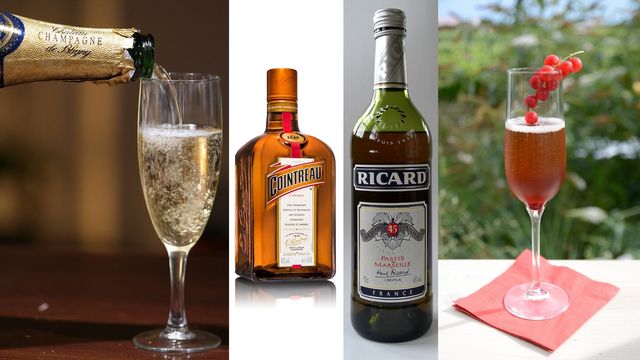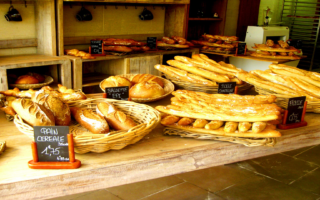9 of France’s most iconic drinks, from Cointreau to Champagne
France is renowned for its rich culinary and beverage traditions, with a diverse array of iconic drinks that have captivated the world. From the legendary Champagne to the enigmatic Absinthe, this article explores 9 of the most iconic French drinks that have become synonymous with the country’s vibrant culture and history.
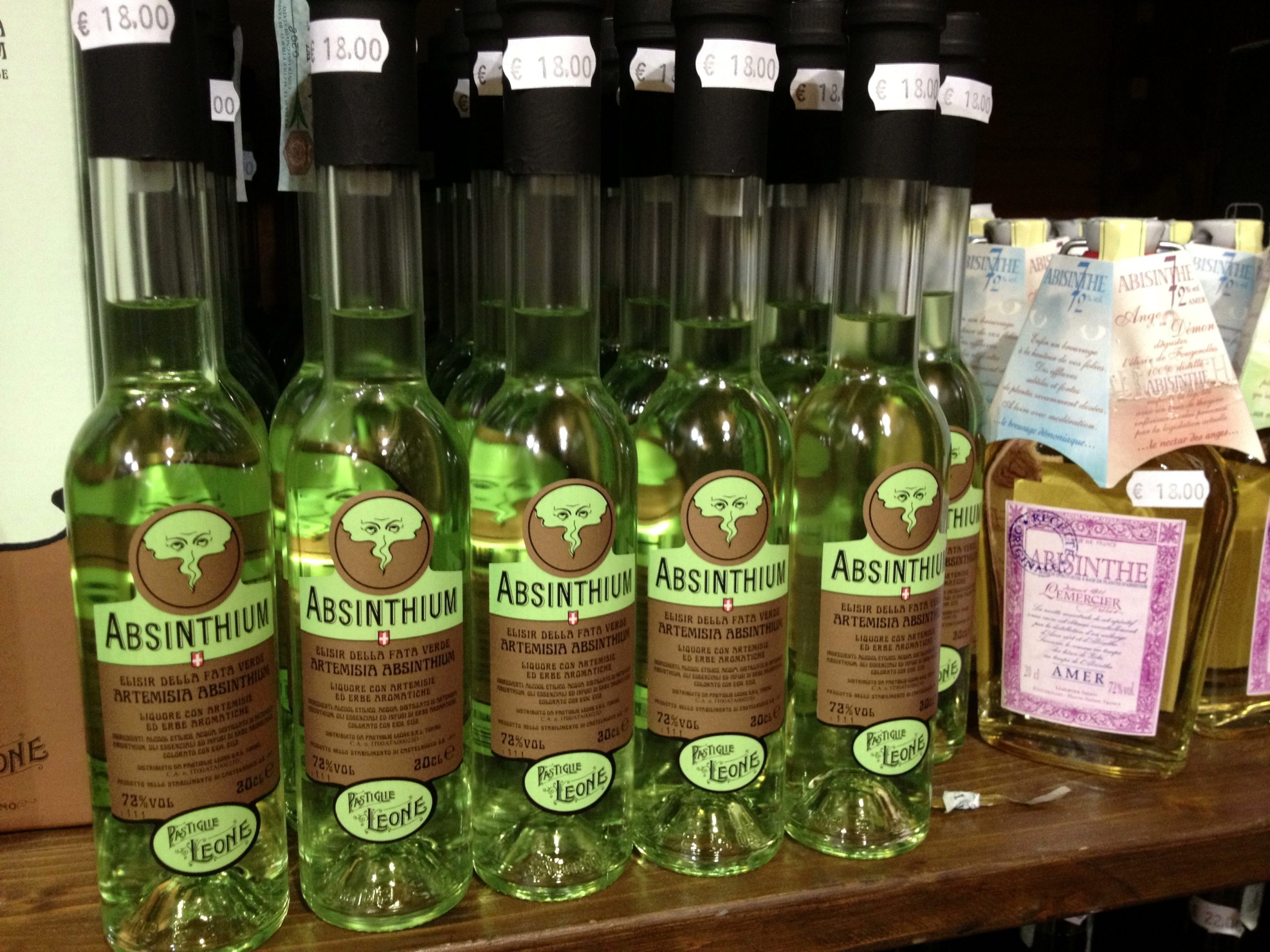
Absinthe
Happy hour was first enjoyed in the 1860s in the streets of Montmartre, where it was nicknamed l’Heure Verte –the Green Hour – due to the iconic emerald drink absinthe. Known as the green fairy due to its potency, this spirit was popular with artists such as Picasso, and quickly gained notoriety. Seen as hypnotic and causing those who drank it to behave bizarrely as if under the influence of hallucinogenics, absinthe was banned in 1915. Indeed, ordering it was referred to as ordering une correspondence – a ticket to Charenton asylum near Paris. Some speculate that absinthe is what drove artist Vincent van Gogh to insanity. Reintroduced in 2000 under regulations on ingredient amounts, absinthe was in 2019 granted AOC status, limiting its production to the area of Pontarlier near the Swiss border. It is produced using green anise, wormwood and sweet fennel, and traditionally served by pouring the drink into a Pontarlier glass, then letting iced water drip onto a sugar cube and pass through a perforated spoon.
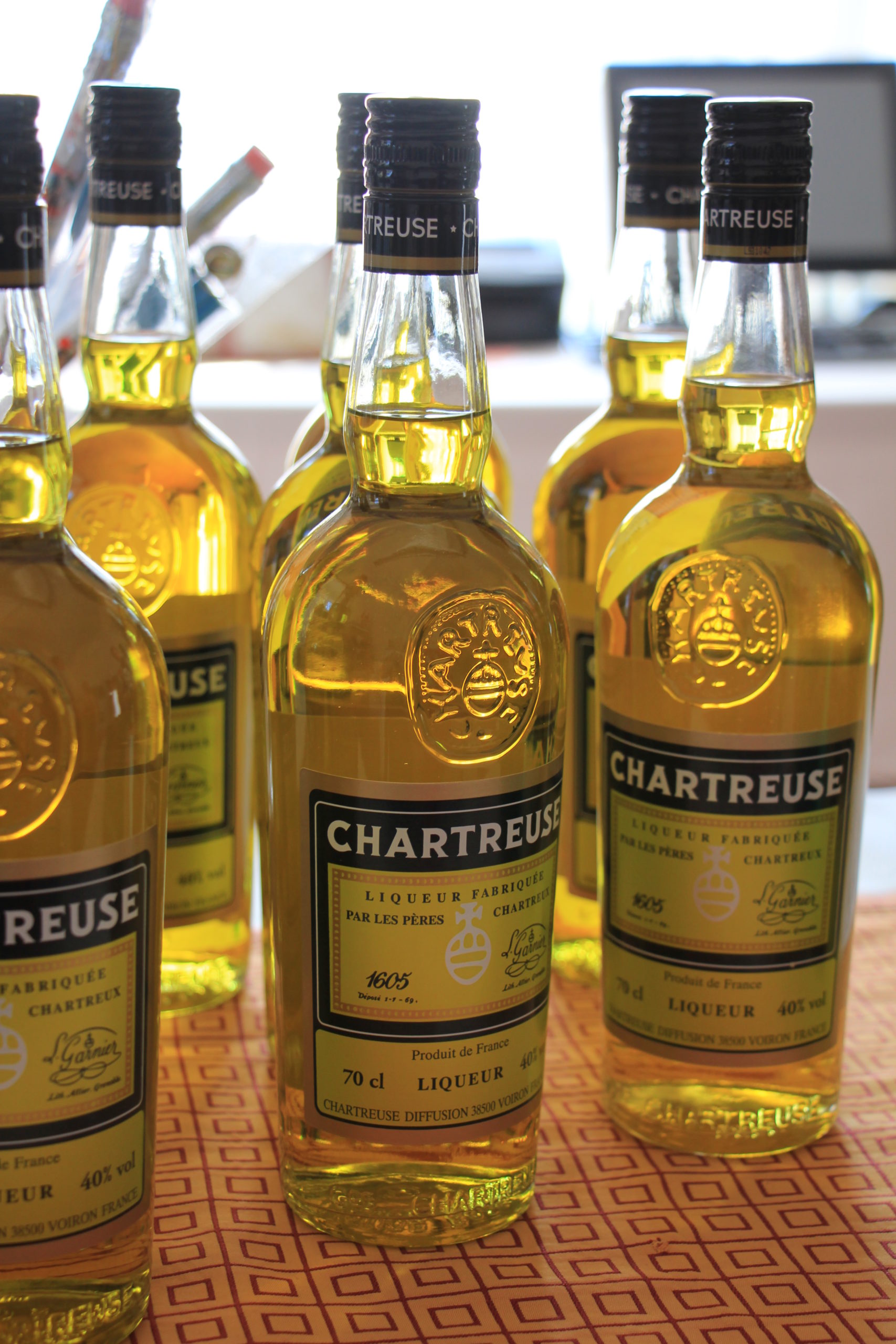
Chartreuse
Herbal liqueur Chartreuse has been made by the Carthusian monks since 1737, following instructions found in a manuscript given to them in 1605. Referred to as an ‘elixir of long life, it is said to include extracts from as many as 130 herbs, plants and flowers.
Current production is in the Chartreux Fathers’ Aiguenoire distillery in Entre-Deux-Guiers, Isère. It is made using a mixture of plants and herbs prepared by two liquorist monks from the Grande-Chartreuse monastery. The exact recipe for Chartreuse remains a secret and is allegedly known to only three monks, who each know only two-thirds of the final recipe. In this way only two monks are needed to create it, but one is not enough, retaining its element of secrecy.
It is strong, at 55%, very sweet, but both spicy and pungent. It is recommended as a digestif, ideally served chilled or on ice. It’s also popular in ski resorts, mixed with hot chocolate and called Green Chaud.
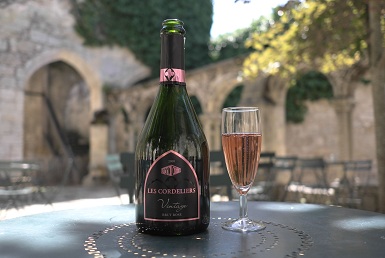
Crémant
Crémant is produced in eight different appellations throughout France and employs the same bottle fermentation process as champagne. However, it’s claimed that sparkling wine was first produced in Limoux, so why not have a flute of champagne’s lesser-known predecessor, the Crémant de Limoux?
The Blanquette de Limoux differs from the Crémant due to its 90% minimum of Mauzac in the blend, whereas Crémant is made mainly from Chardonnay and Chenin Blanc with a limited 20% blend of Mauzac.
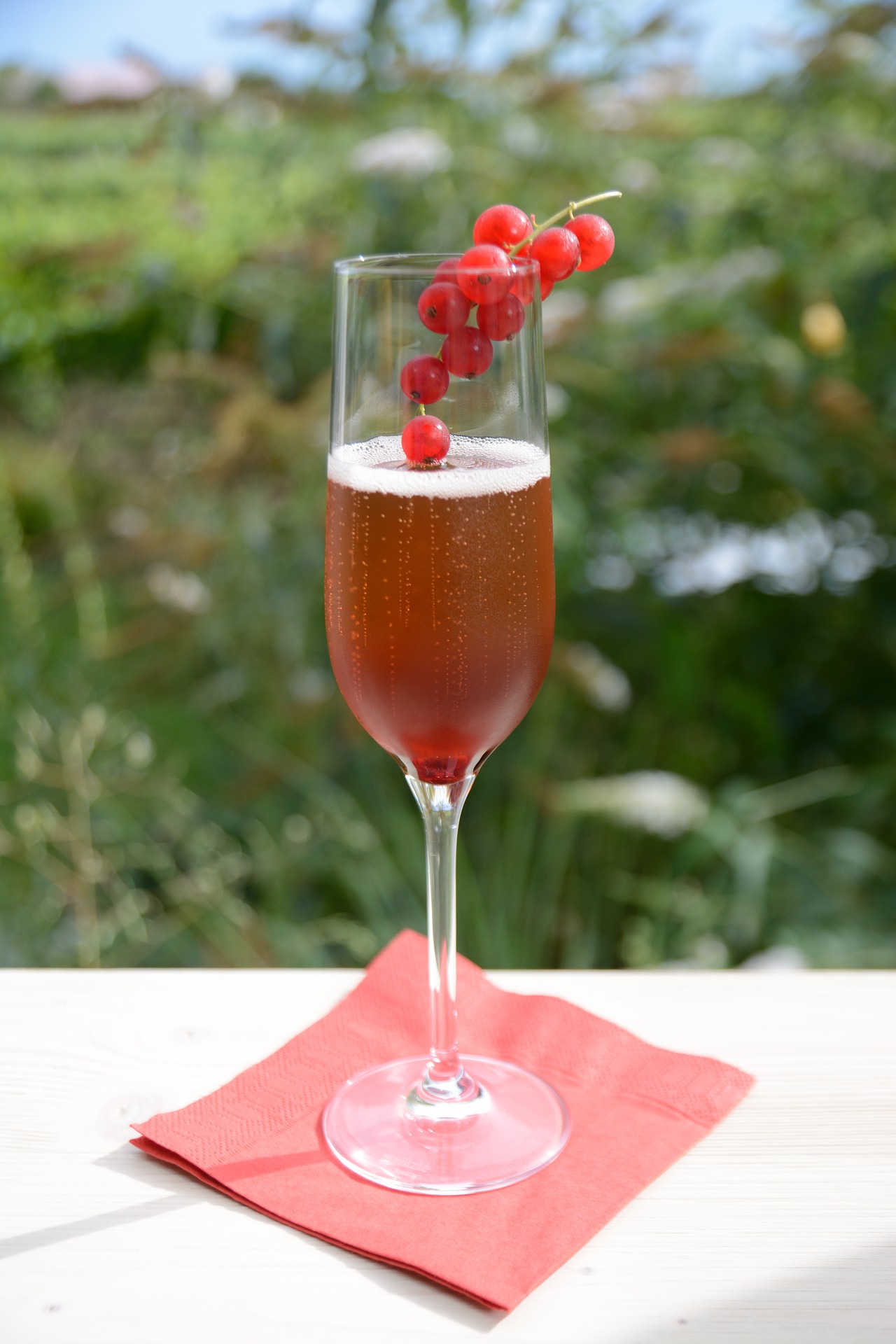
Kir
A popular wine cocktail that features on many a brasserie’s apéritif menu, Kir is a sweet and refreshing apéro. It is usually made from one part crème de cassis and four parts Aligoté white wine, with the liqueur traditionally being blackcurrant, although some substitute it for blackberry, raspberry, peach or other liqueurs.
Kir is named after the mayor of Dijon following the Second World War, Félix Kir. According to some this is due to it being his social drink of choice. However, another claim is that it was his innovative creation of the cocktail following the confiscation of Burgundy’s iconic red wines by the Nazi occupiers that led to him being its namesake.
Many will have heard of Kir Royale, where champagne is used to make a sparkling Kir, or the northern Kir Normand which is a variation made with apple cider and a splash of Calvados. The Cardinal is a variation in which red pinot noir wine is used instead of white wine.
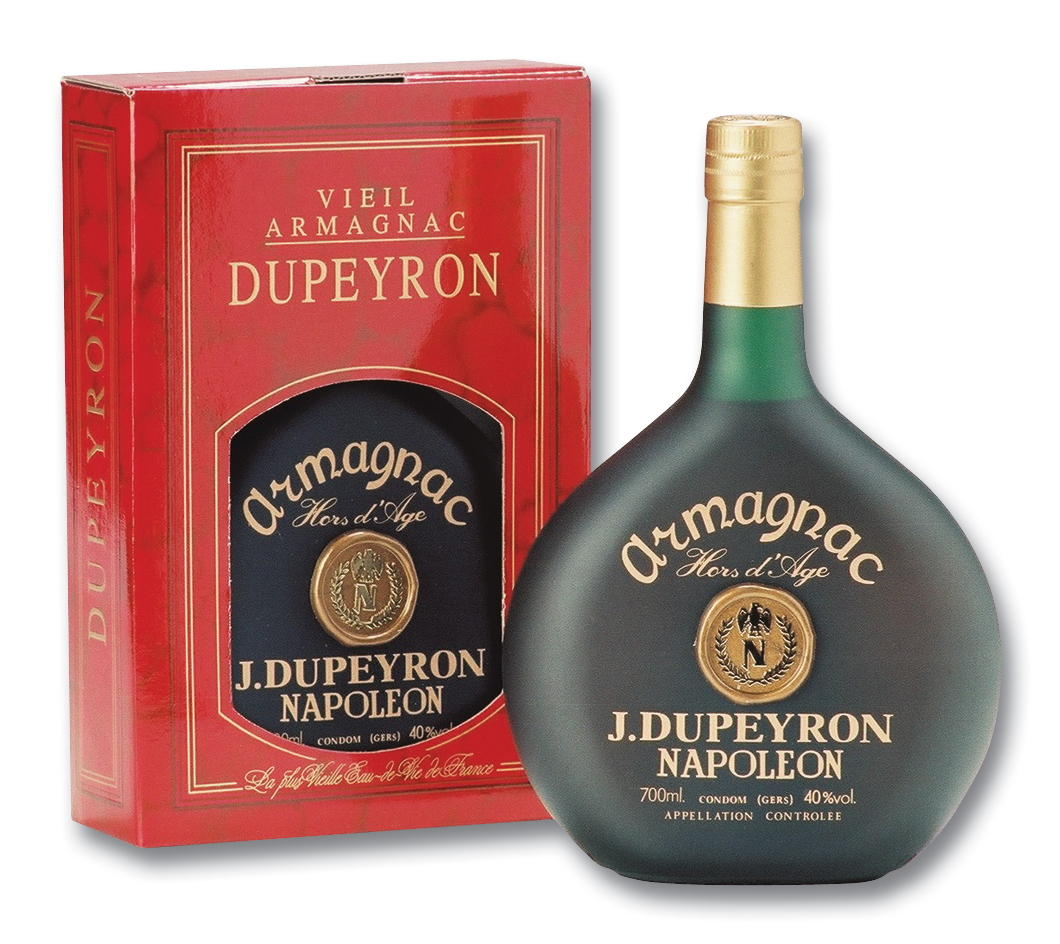
Armagnac
Armagnac is the oldest recorded brandy still to be distilled, having first being mentioned in 1310 by a cardinal who wrote of its 40 virtues, meaning it predates cognac by at least 200 years. It is an eau de vie from white wine that is produced in the departments of Gers, Landes and Lot-et-Garonne, earning its name from the former province of Armagnac which lay between the Adour and Garonne rivers in the Pyrenean foothills. The region was granted AOC status in 1936, covering an approximate area of 590,000 hectares. Traditionally distilled only once, in comparison to cognac’s double distillation, it is more fragrant and flavourful, and results in a 52% alcohol content. Through long-ageing in oak barrels, the taste softens and the brandy develops its rich brown colouration. When considered matured, armagnac is stored in large glass Dame Jeanne bottles (demijohns). It is most often drunk as a digestif, at room temperature in a small glass with a slightly closed neck to concentrate the ‘nose of the brandy. Members of the society which promotes armagnac are known as mousquetaires, (musketeers) and many of them gather for celebrations at the annual Armagnac en Fête, held on the last weekend of October in Labastide-d’Armagnac.
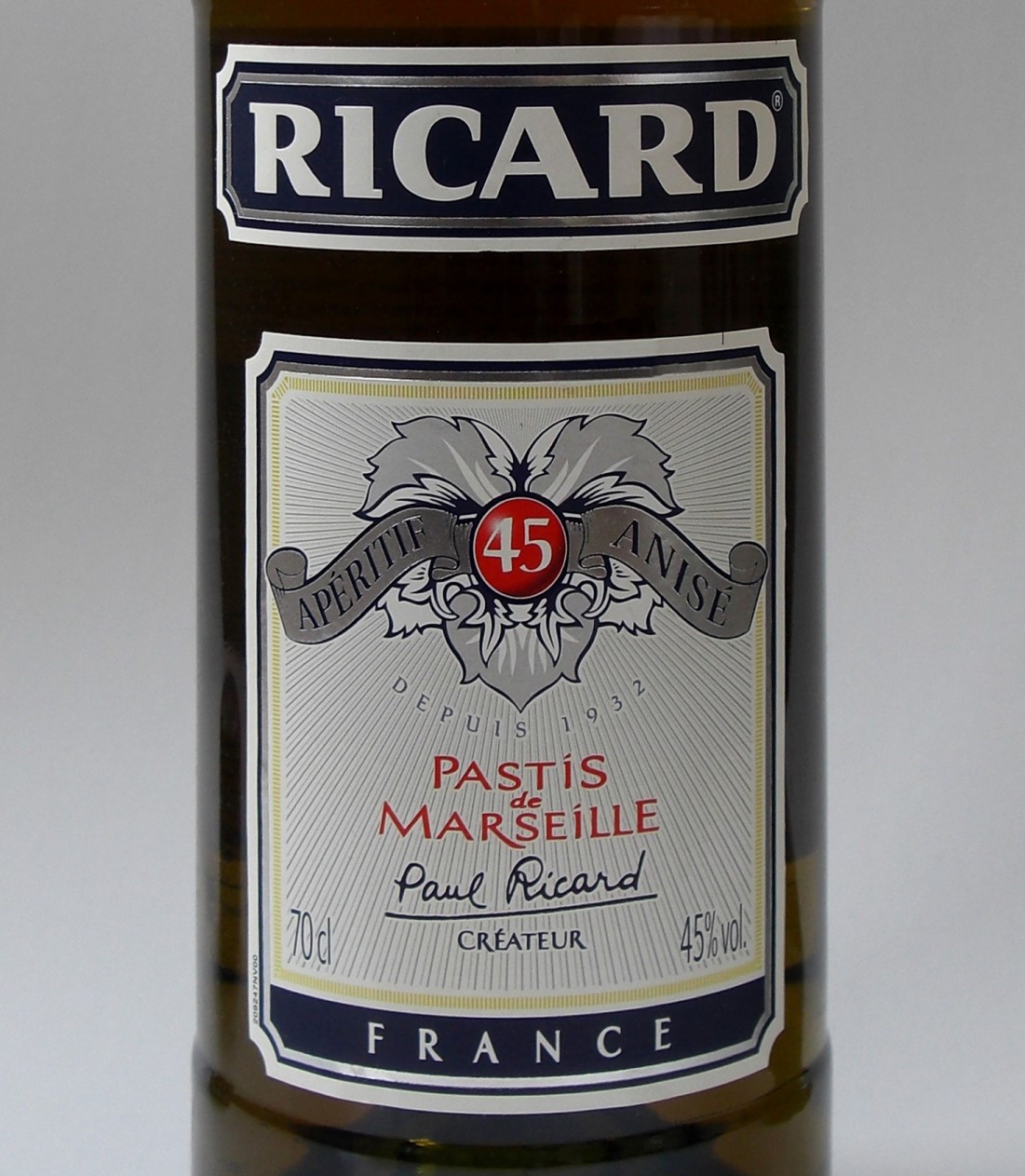
Pastis
Pastis is the apéritif of Provence, but also the unofficial national drink of France. Terrace tabletops, dining tables and upturned crates all over the country have hosted a couple of glasses of pastis between friends.
Following the ravaging of French vineyards by the phylloxera bug in the 1860s, which saw the population turn to absinthe and a subsequent rise in alcoholism, absinthe was banned. But the people had developed a taste for aniseed, and therefore Paul Ricard’s commercialisation of pastis was welcomed by many.
The name ‘pastis’ comes from the Provençal word ‘pastisson’, meaning a mixture. Ricard and pastis are almost synonymous, with Pernod being stronger both in taste and colouring.
Served in a tapered glass and diluted with cold water, the cloudy yellow apéritif gains its colouring from the oils interacting with the water, becoming what the French call louche. Often diluted four parts of water for each part pastis, this popular apéritif is sometimes served with ice, and is a great choice of tipple for those who like liquorice.
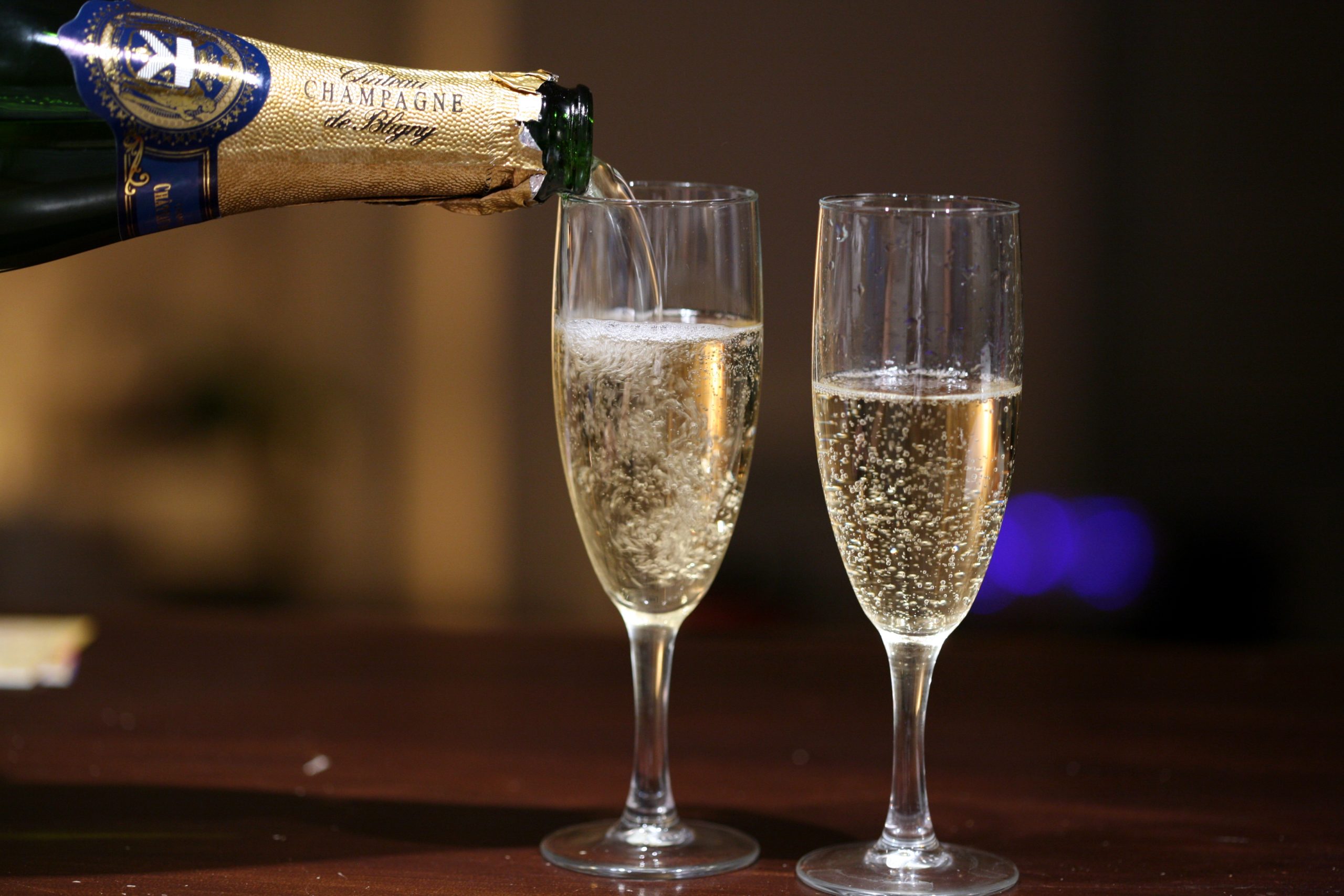
Champagne
Protected as AOC since 1946, only sparkling wines produced in the Champagne region may use the title, providing that they follow manufacturing regulations including yield restrictions, immediate gentle pressing, a minimum storage time of yeast and compulsory use of hand-picked grapes of a certain variety
Grape varieties used are Pinot Noir, Pinot Meunier and Chardonnay, and the maximum yield for the harvest is limited to 15,000kg of grapes per hectare. The cuvée is the first 2,050 litres of grape juice from the pressing of 4,000kg of grapes and is considered the highest quality; the rest is pressed twice and called the Première and Deuxième Taille.
Bottles also need to meet special conditions as they must be able to withstand the pressure generated during the second fermentation which happens in the bottle, thus needing a conical recess in the bottom. The wire cage fitted over the cork of the bottle is called a ‘muselet’, which evolved from the French verb ‘to muzzle’.
Every year an estimated 385 million bottles are produced, and while the big champagne houses including Moët & Chandon, Veuve Clicquot and Dom Pérignon, represent two-thirds of the sales volume, they only own about 10% of the cultivation areas, meaning that they buy in most of their grapes.
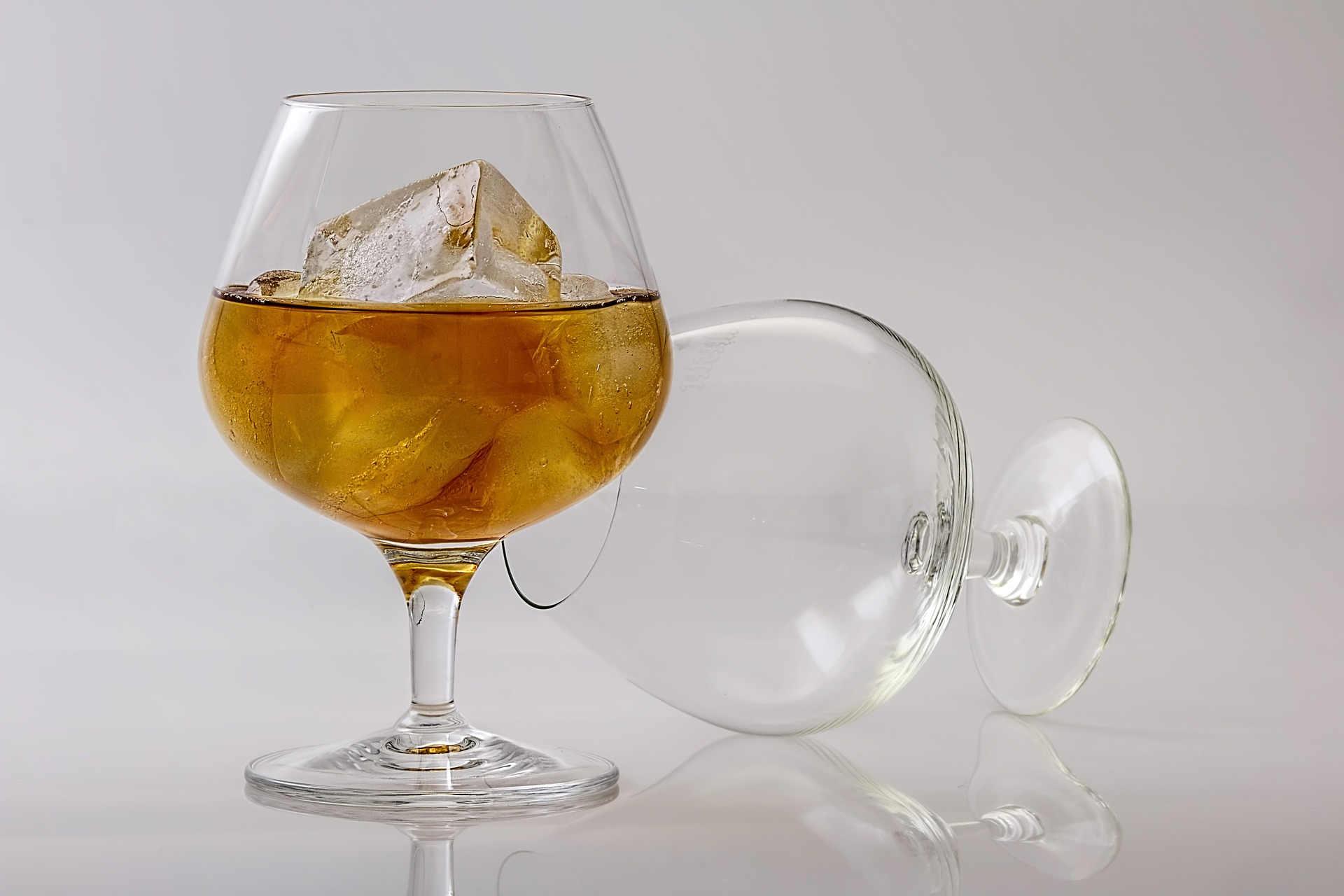
Cognac
Cognac is a brandy originating from the 17th century and produced in France, in a controlled area centered around the town of Cognac, which includes Charente, almost all of Charente-Maritime and some parts of Dordogne and Deux-Sèvres. The grape variety must be white, and is typically Ugni Blanc, and it must be pressed immediately after harvesting, before then fermenting.
It is distilled twice in a Charentais copper still, a process which must be completed before 31 March as the distillation season is regulated. The cognac must then be aged for a minimum of two and a half years and stored in oak barrels in a cellar where only cognac barrels are kept. Once bottled, the cognac no longer ages. It is traditionally a digestive but is sometimes appreciated as an aperitif, served with tonic and an ice cube.
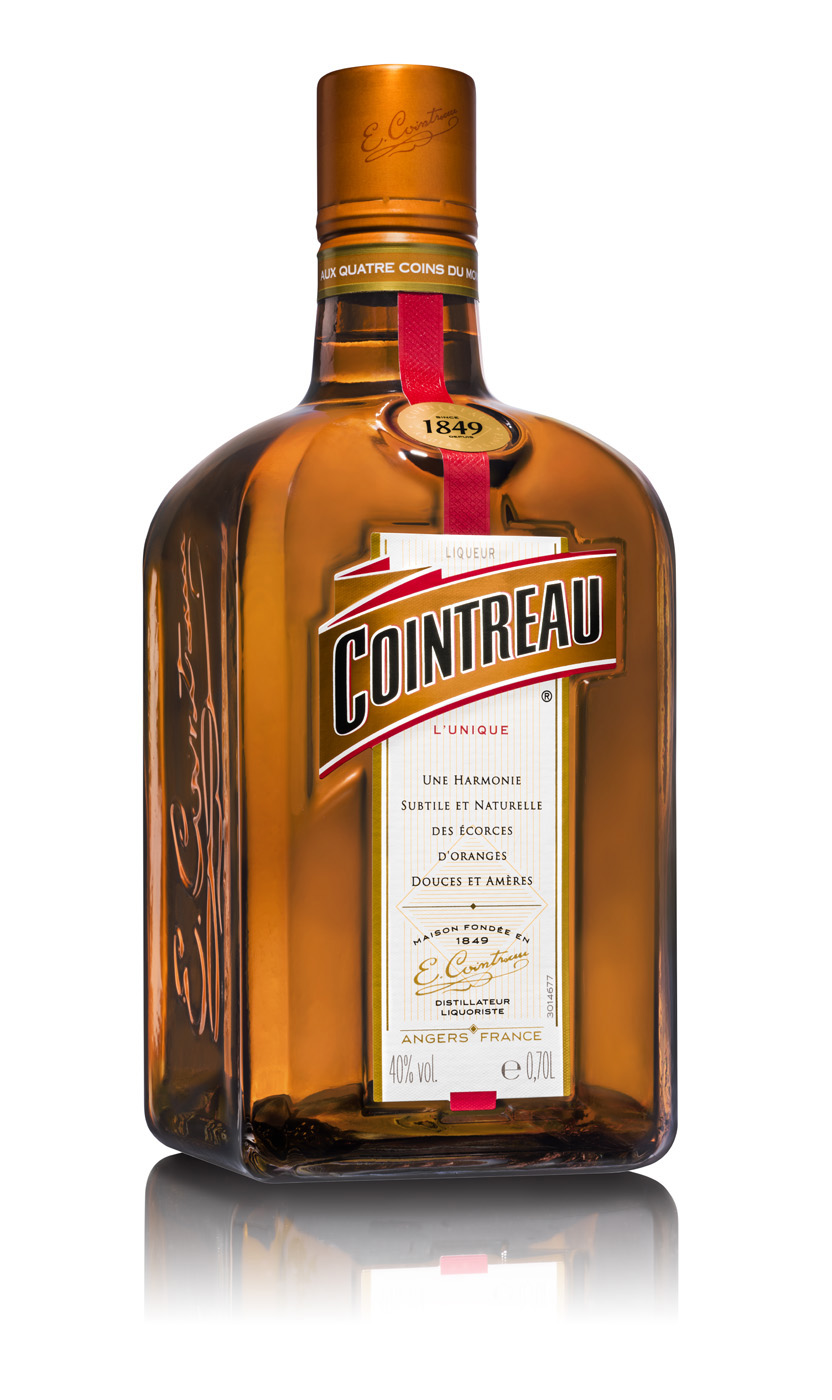
[#Beginning of Shooting Data Section] Nikon D810 2014/04/10 06:13:03.53 Fuseau horaire/date : UTC, Heure d’été:Désactivée RAW (14 bits) Taille d’image : L (7360 x 4912), FX Objectif : 85mm f/2.8D Focale : 85mm Mode d’exposition : M Mesure : Matricielle Vitesse d’obturation : 1/200s Ouverture : f/25 Correction expo. : 0IL Régl. précis expo. : Sensibilité : ISO 64 Optimisation image : Balance des blancs : Auto1, 0, 0 Mode mise au point : Manuel (MF) Zone AF : Point sélectif Réglage précis AF : Désactivé VR : Réduction du bruit : Désactivée Réduc. bruit ISO : Désactivée Mode couleur : Espace colorimétrique : Adobe RVB Correction des tons : Réglage des teintes : Saturation : Accentuation : D-Lighting actif : Désactivé Contrôle du vignetage : Désactivé Contrôle auto de la distorsion : Désactivé Picture Control : [NL] Neutre Fondé sur : [NL] Neutre Réglage rapide : – Accentuation : 2.00 Contraste : 0.00 Luminosité : 0.00 Saturation : 0.00 Teinte : 0.00 Effets de filtres : Virage : Clarté : 0.00 Sys coord : Nettoyage du capteur d’image : [#End of Shooting Data Section]
Cointreau
Born during the Belle Époque, Cointreau is an orange flavoured triple-sec liqueur. The House of Cointreau’s first success was with the cherry liqueur Guignolet, when Adolphe Cointreau sought to diversify the family confectionary business in St-Barthélemy-d’Anjou in Angers near the River Loire.
His brother Édouard perfected the orange liqueur recipe in 1875 after much research and experimentation. It has since won more than 300 international awards and has transformed a family name into an internationally recognised brand. Its distinctive square bottle is orange but the liquid itself is colourless and is consumed either neat or over ice as an apéritif or digestif.
Commonly used in Cosmopolitan, Margarita and Sidecar cocktails, the sweet liqueur is 40% alcohol and has a distinctive taste. Its recipe and production methods remain a family secret, and visits to the facility are welcomed but photography is restricted to protect the recipe from being copied by other manufacturers.
Share to: Facebook Twitter LinkedIn Email
More in drinks, french icon
